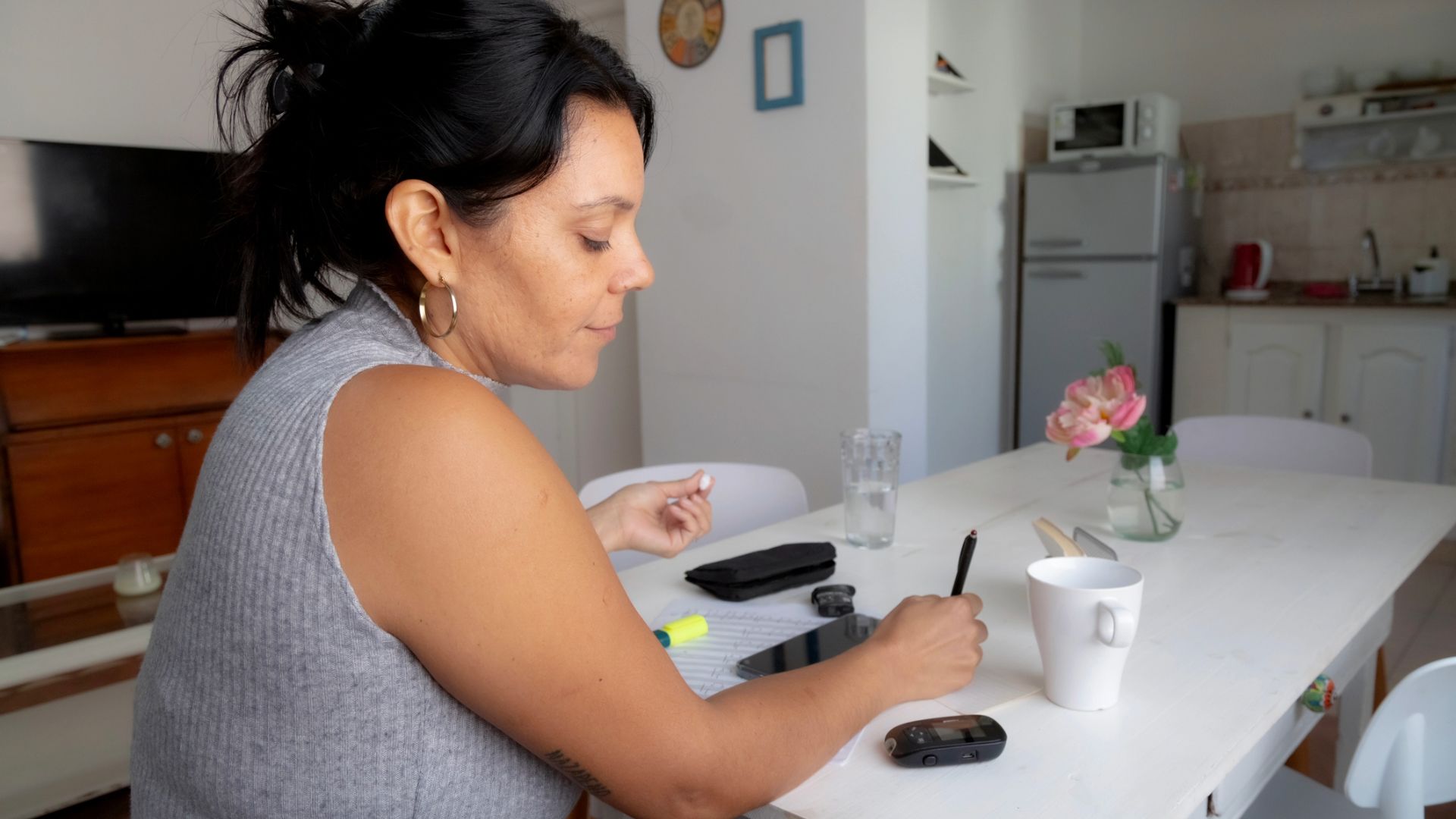Diet is a key part of type 2 diabetes-management. The foods a person eats is essential to keeping blood glucose levels in check, maintaining or moving toward a healthy weight, and also keeping the body healthy.
Here, we unpack a simple-but-effective concept for building a diabetes-friendly meal, and some reasons why you should be discussing the foods you eat with your healthcare provider.
Good nutrition does not have to be complicated
Making changes to the way you eat can be intimidating, especially when you are making those changes to manage a health condition or with the goal of improving your health.
The good news is that good nutrition doesn’t need to be complicated and it can embrace a wide range of tasty foods—plenty of fruits and vegetables, grains, a variety of different proteins, low-fat or no-fat dairy, and oils that contain heart-healthy fats.
If your blood glucose levels are at goal, a well-balanced eating plan can even leave room for the occasional treat or dessert.
Setting up your plate
It’s important to eat the right foods. It’s also important to eat the right foods in the right portions and proportions. An easy way to accomplish this is with the “Diabetes Plate Method,” an approach recommended by the American Diabetes Association as well as the Centers for Disease Control and Prevention (CDC).
While everyone’s nutritional needs can be a bit different, this can be a great—and relatively simple—starting point. Here’s how it works:
- 50 percent of your plate should be filled with non-starchy vegetables. Examples include green leafy vegetables, broccoli, peppers, carrots, cucumbers, tomatoes, and onions.
- 25 percent of your plate should be filled with protein foods. Examples include fish and poultry (without the skin), as well as non-meat options like tofu and other meat substitutes, beans, peas, and hummus.
- 25 percent of your plate should be filled with carbohydrate foods. These can include grains, starchy vegetables, and fruits.
Your healthcare provider can help you figure out how many calories you should be eating each day, and how many of those calories should come from carbs, from proteins, and from fats. They can also advise you on other nutrients your diet needs, including fiber and micronutrients, as well as foods you should be avoiding.
Daily needs for calories and nutrients can be a bit different for everyone, and will depend on factors like age, weight, if you are working to lose weight, how active you are, what medications you are taking, and any other health conditions you have.




